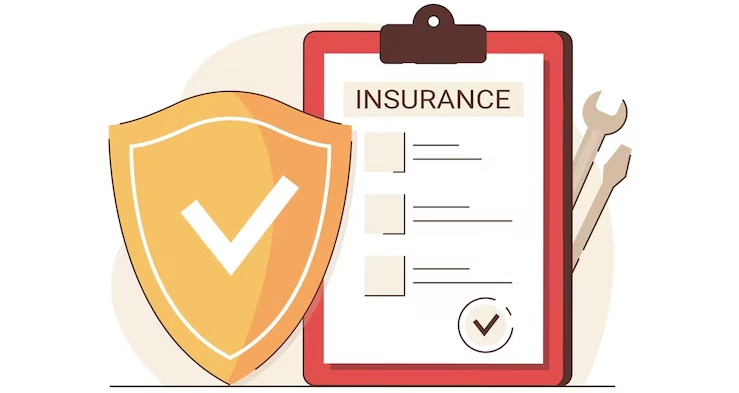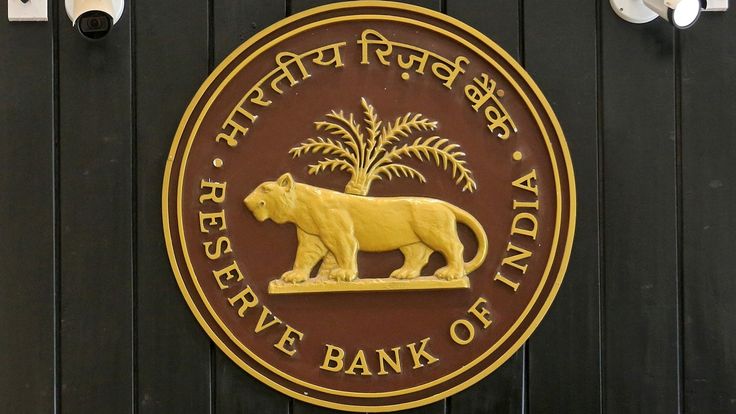INTRODUCTION
The case of M.C. Mehta v. Union of India (1986), popularly known as the Oleum Gas Leak Case, marked a turning point in the development of environmental law in India. Occurring in the aftermath of the tragic Bhopal Gas Disaster of 1984, this case tested the Indian judiciary’s resolve in protecting public health and environmental safety through legal and constitutional frameworks. The Supreme Court, in this matter, laid down the doctrine of absolute liability. This far-reaching principle holds enterprises engaged in hazardous activities strictly accountable for any harm caused, without exception. This doctrine departed from earlier common law principles and demonstrated a progressive step toward ensuring corporate responsibility. Additionally, the Court gave a broader interpretation to Article 21 of the Indian Constitution, affirming that the fundamental right to life encompasses the right to live in a clean and safe environment. The case also significantly advanced the jurisprudence around Public Interest Litigation (PIL), reaffirming that individuals and groups could approach the court not only for personal grievances but also in matters affecting the general public.
BACKGROUND OF THE CASE
In early December 1985, specifically on the 4th and 6th, a dangerous chemical called Oleum gas escaped from a factory belonging to Shri Ram Foods and Fertilizers Industries, which was run by Delhi Cloth Mills Ltd. (DCM). This factory was located in a crowded part of Delhi, where many people lived close by. The leak proved fatal for a lawyer working at Tis Hazari Court and caused harm to several others in the neighborhood, who suffered from breathing difficulties and other health problems. At that time, M.C. Mehta, a well-known environmental lawyer, was already engaged in a legal battle against the same factory for polluting the Yamuna River. After this gas leak incident, he filed a petition in the Supreme Court under Article 32 of the Constitution, demanding that the factory be shut down and that those affected by the toxic gas receive proper compensation.
FACTS OF THE CASE
Incident of the Gas Leak
On the 4th and 6th of December, 1985, a hazardous chemical known as Oleum gas leaked from the premises of Shri Ram Foods and Fertilizers, a unit of Delhi Cloth Mills Ltd. (DCM). The factory was situated in a highly congested area of Delhi, surrounded by residential neighborhoods and located close to the Tis Hazari Court. The proximity of such a dangerous industrial unit to populated zones highlighted the risk posed by unchecked urban industrialization.
Casualties and Harm
The gas leak had tragic consequences. An advocate practicing at the nearby Tis Hazari Court lost his life due to exposure to the toxic gas. In addition, several residents and workers in the vicinity suffered from serious health issues, including respiratory distress, vomiting, irritation of the eyes, and skin problems. The incident brought to the forefront growing concerns over public safety, environmental negligence, and the potential threat of hazardous industries operating within city limits.
Legal Action Initiated
At the time of the incident, M.C. Mehta, a public interest lawyer renowned for his environmental advocacy, was already pursuing litigation against the DCM plant for polluting the Yamuna River. Following the Oleum gas leak, he approached the Supreme Court of India under Article 32 of the Constitution, seeking urgent judicial intervention. In his plea, Mehta requested: The closure of the hazardous industrial unit. Compensation for the victims of the gas leak; and The formulation of effective guidelines and regulations to control and monitor the operation of hazardous industries in densely populated urban areas.
Response from Government and Judiciary
In response to the severity of the incident, the Delhi Government temporarily shut down the DCM plant. The Supreme Court of India treated the matter with utmost gravity, recognizing the need for a comprehensive legal framework to address such industrial disasters. The Court acknowledged that the traditional principle of strict liability, derived from the English case Rylands v. Fletcher (1868), was inadequate to deal with the scale and seriousness of modern industrial hazards. It became evident that a more stringent standard of liability was necessary to ensure justice and prevent future tragedies.
LEGAL ISSUE RAISED?
- Can hazardous industries be held completely responsible for accidents caused by their operations?
- Does the Right to Life under Article 21 include the right to live in a clean and safe environment?
- Can the Supreme Court grant compensation for violation of fundamental rights under Article 32?
PRINCIPLES AND JUDGMENT OF THE CASE
- Doctrine of Absolute Liability
- The Court rejected the old English rule of strict liability from the case of Rylands v. Fletcher (1868), which allowed certain excuses like “act of God”, or harm caused by a third party.
- Instead, the Court introduced a new and stronger principle called absolute liability.
- According to this rule:
If a company is involved in a hazardous or dangerous activity and any harm is caused, it is fully liable to compensate the victims, without any exceptions.
- This means no excuse can be used to avoid responsibility.
- The Court said that industries dealing with risky substances must bear the cost of accidents, because they profit from such activities and have the best ability to prevent harm.
- Polluter Pays Principle (Implied)
Even though not named in the judgment, the idea of “Polluter Pays” is strongly present.
- This means anyone who causes pollution must pay for the damage done to people and the environment.
- This principle became very important in later environmental cases.
- Right to Life under Article 21
The Court gave a wider and deeper meaning to Article 21 of the Constitution, which guarantees the Right to Life.
- It said that living a life of dignity includes the right to live in a clean, healthy, and safe environment.
- So, environmental safety and public health became a part of the fundamental right to life.
- Compensation under Writ Jurisdiction (Articles 32 and 226)
- The Court clarified that both the Supreme Court (Article 32) and the High Courts (Article 226) can order compensation when a person’s fundamental rights are violated.
- This was a big step in Indian law because now, even victims of industrial disasters could get relief directly from the constitutional courts.
- It also laid the base for using Public Interest Litigations (PILs) to protect the environment and the rights of common people.
CONCLUSION
The case of M.C. Mehta v. Union of India, commonly referred to as the Oleum Gas Leak Case, marks a significant turning point in the evolution of Indian legal jurisprudence. In this landmark decision, the Supreme Court of India laid down the doctrine of Absolute Liability, establishing that enterprises engaged in inherently dangerous activities must bear full responsibility for any resulting harm, without the benefit of any defences or exceptions. This principle represented a bold departure from earlier legal standards and was specifically tailored to meet the realities of a rapidly industrialising society. The ruling played a transformative role in strengthening environmental protection laws and safeguarding public health, affirming that economic and industrial progress must not compromise human safety and ecological integrity.
Also Read:
Rights of undertrial prisoners in India
How To Send A Legal Notice In India












